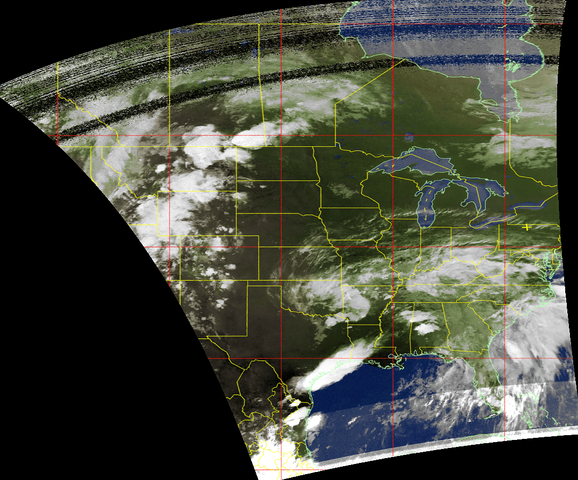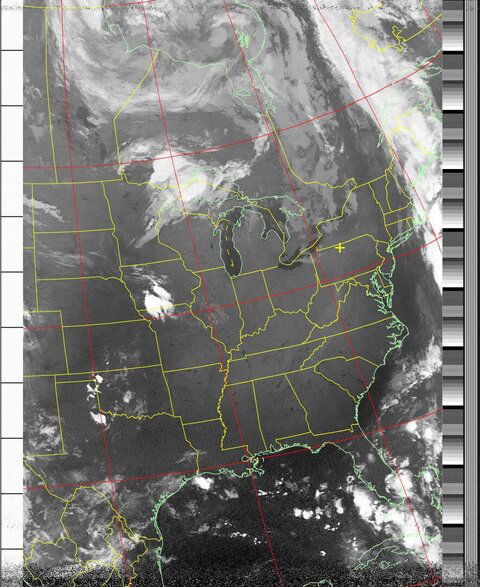Well this is cool! I set the idea aside because I thought I'd need a BUD and special data receiver for NOAAPort, or a special L-band dish and SDR for GOES. If you can use an Edision, or a TBS tuner, then this opens it up for a lot of folks.
How strong is the NOAAPort 89W C-band transponder? Could I pick it up with a 90cm dish if I get a C-Band LNB from
Titanium?
What kinds of weather products are you getting from NOAAPort? I know NOAAPort carries a variety of satellite and radar images, as well as the Weather Wire which runs watches/warnings. Do any products contain forecasts from the local NWS offices?
So far nothing from the satellite feed. Fingers crossed.
But. Although it IS a pain in the ass. The tutorial for installing CAVE will keep you busy for a long time.
All you need is Internet for that.
A little reading will tell you what the dish size should be...at least. I don't see any of the 'tube videos installing a pip-squeak noaaport antenna.
Maybe someone out there with a smaller dish could tell us their signal strength on this sat.
I'm getting, perhaps 'false' locks on my 12 footer on the tp. Meaning the signal will peak at let's say 15.5 dB and then drop out for a few seconds.
So for reference 3880 V (3879 on the mio) on 89W is showing a solid 15.5 dB.
Could be the dropout is kind of like looking at a DCII tp. I don't know how the tuner display Signal Finder) works on E2 receivers.
If the display is showing a demodulated signal or if it is actual IF signal strength at the tuner input.
I'm just too lazy to hook up my spectrum analyzer and jimmy it in at the moment.
I don't have a proper DC pass splitter to tap the IF.
Anyways. Time will see. The University of Wisconsin has some cool sw available also.
Grabbing GOES should be pretty easy. Easy if you like to do these kind of things on the cheap.
Edit:
It's almost 1am now. For the first time I see a solid 15.5 dB on my receiver. The first time it's happened with no dropouts. So is it the receiver playing nice with the tp. Or is there an uninterrupted datastream flowing?
If I remember correctly meteorological sites are coordinated in making observations at the same time UTC worldwide.



